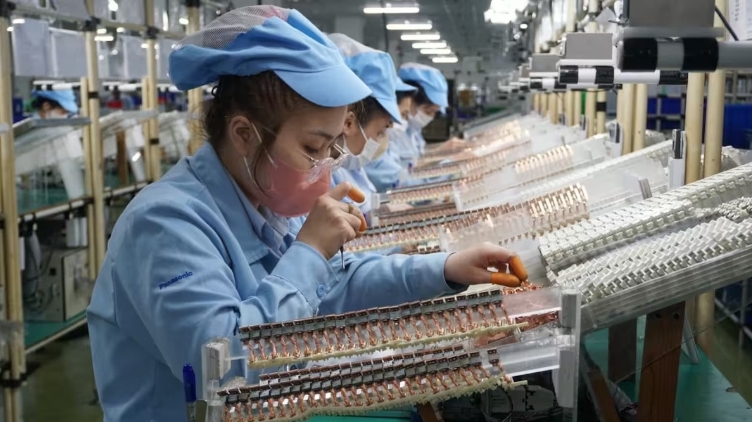Vietnam’s electronics industry at a crossroads amid US trade policies
As the US considers new global tariffs, Vietnam’s booming electronics industry faces both growth opportunities and risks, particularly in the semiconductor supply chain.

Vietnam’s electronics industry, a key pillar of the country’s semiconductor strategy, is poised for a transformative year in 2025 as it navigates both opportunities and uncertainties - particularly those stemming from the new tariff policies of US President Donald Trump’s administration.
According to the General Statistics Office of Vietnam, the electronics industry generated US$126.5 billion in export revenue in 2024, accounting for over one-third of the country’s total exports (US$405 billion).
The computer, electronics, and components sector alone recorded US$72.56 billion, marking a 26.6% year-on-year growth, while mobile phones and components reached US$53.9 billion, up 2.9% from 2023.
This Ú$17 billion increase over the previous year highlights strong consumer demand, expanding production capacity, and Vietnam’s ability to attract high-value tech investments.
Foreign giants drive Vietnam’s electronics boom
Vietnam has emerged as a global technology manufacturing hub, attracting major investments from Samsung, LG, Apple, Nvidia, and other leading firms.
The mobile phone sector, in particular, has flourished, with Apple’s key suppliers - Foxconn, Luxshare, and GoerTek - continuously expanding their production in Vietnam.
Vietnam’s political stability and security have been major advantages in luring international investors, especially as global manufacturers seek alternatives to China amid escalating US-China trade tensions.
According to market research firm Neuberger Berman Group, imports into the US from Vietnam and Mexico surged during Trump’s first term, as Chinese manufacturers sought to bypass US tariffs by exporting through third-party countries.
Now, in his second term, President Donald Trump has instructed the US Department of Commerce to review additional tariff adjustments to prevent what he calls “trade circumvention.”
This includes a proposal for a "global tariff surcharge", a move that could increase costs for Vietnamese exporters.
The US, Europe, China, and the Republic of Korea remain Vietnam’s top electronics export markets, with shipments to Europe and the Americas alone totaling US$56.9 billion in 2024, accounting for nearly 45% of total exports.
Vietnam’s electronics supply chain: Growth and dependencies
Despite its booming exports, Vietnam still imports nearly $50 billion in electronic components annually, making it heavily reliant on foreign suppliers.
This vulnerability has been further highlighted by recent developments in the semiconductor industry.
Leading chipmaker TSMC has signaled a potential price hike of up to 15% -far exceeding its original 5% increase plan - a move that will likely ripple across the tech industry.
For instance, Samsung faces mounting pressure as Qualcomm considers raising prices on its Snapdragon 8 Elite Gen 2 chips.
If Samsung continues using these processors for its Galaxy S25 series without significant improvements in its in-house Exynos chips, the company may be forced to raise phone prices or reduce production costs by using lower-quality displays and cameras.
Beyond tariff pressures, Vietnam’s electronics industry must accelerate infrastructure development and enhance its supply chain capabilities to remain competitive in the ongoing global supply chain shift.
As countries race to secure semiconductor dominance, Vietnam must act swiftly to expand its role in high-tech manufacturing and reduce its dependency on imports.


